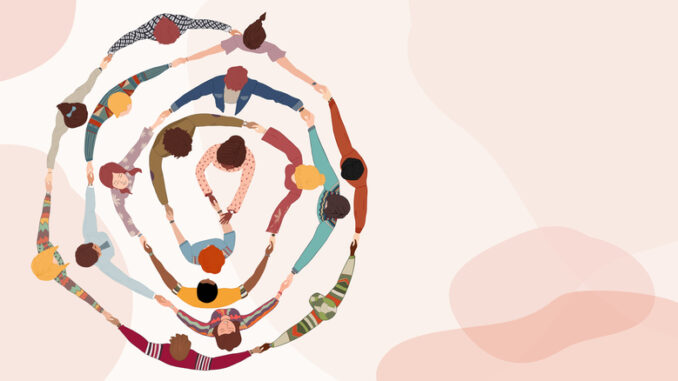
Part of a leader’s job is to focus on creating collaboration and trust – not silos
CREDIT: This is an edited version of an article that originally appeared on Aspire Leadership
High performance is likely to occur when organisations are able to work easily across functions. However, when the pressure is on, or something goes wrong, what we often see is people pulling outwards, going into a self-preservation mindset and disappearing into their silos.
This can be a two-fold problem boiling down to a lack of ‘psychological safety’ established throughout the organisational culture and, possibly, outdated hierarchal structures that are rigid and inflexible.
If I was to ask you…
‘Who do you think is in control of the aircraft when most aviation crashes occured, historically?’
Most people’s logical brain would suggest anyone other than the captain – an answer that makes logical sense considering the pilot is the person with the most experience. In fact, planes are always safer when the least experienced pilot is charged with the controls because the second pilot (e.g., the captain) is not afraid to speak up when they feel something may be amiss.
Leadership and relevant training need to be as good as they can be if an organisation is to succeed. A Dutch psychologist, Hofstede was tasked with travelling the globe to ask employees questions such as:
- How do you solve problems?
- How do you work together?
- What are your attitudes towards authority?
The results were shocking but informative. By the very nature of cultural socialisation people may deal with risk, uncertainty and the power differential in unique and different ways. It has the potential to shift the expectations we hold of individuals from different cultures and ensure individual training needs are met, rather than assumed.
Four fast leadership lessons
1. Create a culture that allows people to combine their unique skills into a greater intelligence through a climate of shared vulnerability. Let people know it is okay to admit that they do not have all the answers.
2. It is hard to assume trust when our brains are hardwired to be tribal; anyone we perceive as different pulls the alarm cord of the ‘amygdala’, a powerful part of our brain instructing our inner voice not to trust. However, if we are to supercharge our team’s potential for creativity and innovation, we need to assume trust quickly. A quick hack is to find something in common with the other person. Your brain then starts to recruit the person(s) through the mechanism that filters people directly into your in-crowd rather than the out.
3. Create a collective mindset that recognises failure as an important part of the journey. Innovation and creativity explode when people are given the ‘wriggle room’ to make mistakes. This learning help propel the team in the direction of future successes.
4. Instigate a culture for collective fame, not individual blame. A culture that pulls inwards rather than outwards when the going gets tough is extremely powerful – when under threat starlings flock together to create a murmuration, a sign of strength and togetherness rather than weakness and vulnerability when flying solo.


Be the first to comment